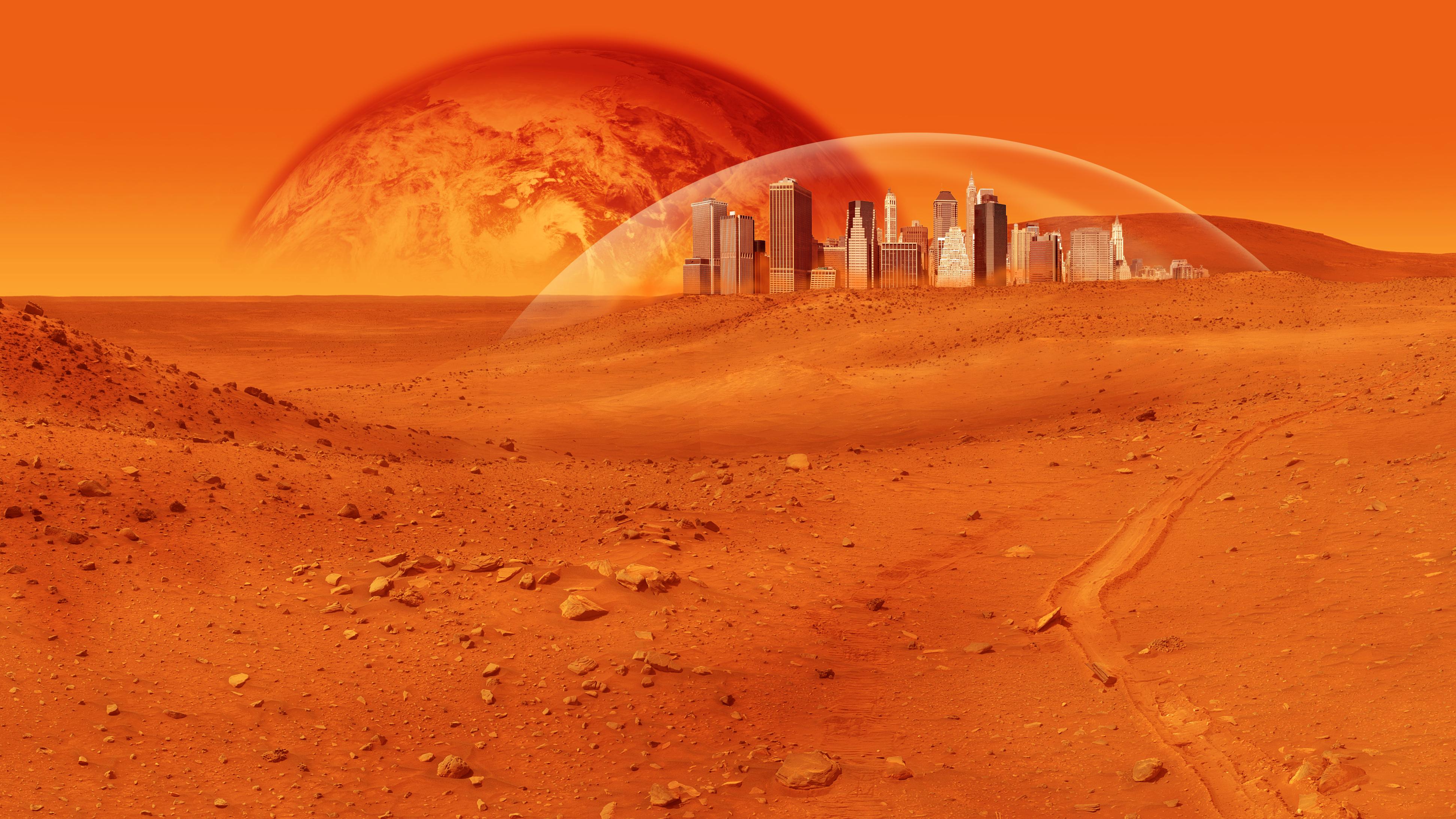To Colonize Another Planet, Send 40,000 Humans

What’s the Latest?
Any human population sent from Earth to colonize another planet–whether it be Mars, a moon of Jupiter, or a rock beyond our solar system–should number from 20,000 to 40,000 people. According to a new study by Portland State University anthropologist Cameron Smith, “such a large group would possess a great deal of genetic and demographic diversity, giving the settlement the best chance of survival during the long space voyage and beyond.” While previous estimates have put the number substantially lower–around 4,000–Smith argues that any human endeavor should be designed to succeed, not merely to get by on shoestring.
What’s the Big Idea?
The strongest reason for a large colonizing mission has to do with genetics. According to Smith, mammalian populations on Earth rarely dip below 5,000 because of the genetic paucity that results. It may also be possible to send eggs and sperm on board but Smith did not seriously consider this possibility in his study. Instead, he looked to simulate our terrestrial experience of community on a long space voyage–and it would be long. Tesearchers at Icarus Instellar, a nonprofit organization dedicated to pursuing travel to another star assume that any such voyage would last at least 150 years.
Read more at Space
Photo credit: Shutterstock




